Treatment Leads with Race.
We are investing in health equity by expanding our HIV health literacy agenda, with an acute focus on biomedical HIV prevention, HIV and aging, HIV treatment options, and HIV research and cure advocacy. We follow the science and develop evidence-based programs. Treatment works on community building, engagement, and advocacy through its HIV 50+ Strong and Healthy Program and the Gay Men of Color Fellowship. The Treatment division advocates for HIV research and treatment and educates through our webinar series, biweekly articles in NMAC’s newsletter, and social media interventions.
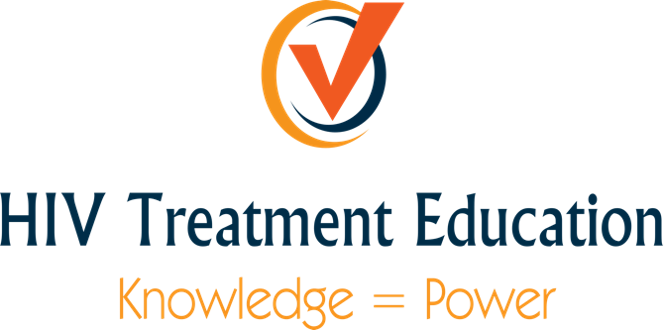
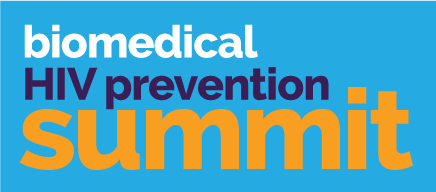
To thrive and stay healthy while living with HIV, it is essential to be knowledgeable about HIV treatment and how it can impact viral load, CD4 counts, and quality of life. Treatment education is one aspect of the holistic approach to living healthilyy with HIV. A healthy diet, exercise, mental health care, community, and purpose complement HIV treatment. Through a series of programmatic activities, the treatment division intends to raise the health literacy levels of our constituents. By empowering with knowledge, we equip people living with HIV to be active in their HIV care and become partners with their medical and service providers. The Treatment division develops the content and curates the program for the Biomedical HIV Prevention Summit in collaboration with a diverse group of experts in biomedical HIV prevention and treatment.
 The number of people living with HIV (PLWH) over the age of 50 continues to grow. Disparities between people with and without HIV exist throughout the lifespan and health span. Prevention and management of comorbidities is a priority for HIV 50+ individuals and their care and service providers. Addressing mental health concerns, like post-traumatic stress disorders (PTSD) and substance abuse, are mental health issues facing this resilient group in the HIV community.
The number of people living with HIV (PLWH) over the age of 50 continues to grow. Disparities between people with and without HIV exist throughout the lifespan and health span. Prevention and management of comorbidities is a priority for HIV 50+ individuals and their care and service providers. Addressing mental health concerns, like post-traumatic stress disorders (PTSD) and substance abuse, are mental health issues facing this resilient group in the HIV community.
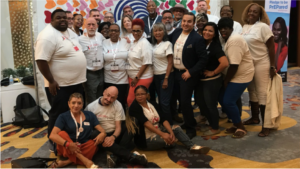 The lack of strategy to overcome the challenges of those aging with HIV is of great concern. Therefore, it is necessary to develop evidence-based protocols that address the medical and psychosocial needs of the HIV 50+ population to end the HIV epidemic. In addition, it is paramount to keep the viral load of this population suppressed and free from comorbidities.
The lack of strategy to overcome the challenges of those aging with HIV is of great concern. Therefore, it is necessary to develop evidence-based protocols that address the medical and psychosocial needs of the HIV 50+ population to end the HIV epidemic. In addition, it is paramount to keep the viral load of this population suppressed and free from comorbidities.
NMAC’s HIV 50+ Strong & Healthy program offers participants the opportunity to become productive individuals in society by giving them the tools to become leaders and advocate for themselves and others.
Fighting isolation by building community
Isolation continues to be an obstacle for people living with HIV over the age of 50. Though training and webinars provide opportunities to interact with others, they don’t build friends and personal relationships. Social bonding is crucial to building healthy communities. The Treatment division organizes social events to strengthen the bond among the HIV 50+ cohort.
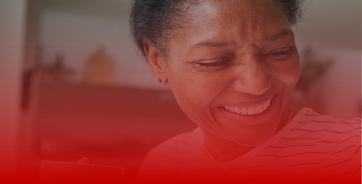
Social media training and campaign
NMAC offers online social media training. The goal is to develop social media strategies with scholars to reach their local community and beyond. In addition, NMAC’s Treatment staff ensures continuous social media engagement through our HIV 50+ Facebook Group and other social media events.
USCHA Scholarships
The Treatment Division mobilizes and engages a new HIV 50+ cohort annually and offers scholarships to attend the USCHA. During the conference, the scholars will follow the HIV and Aging pathway. In addition, an HIV 50+ lounge is available to rest, recharge, socialize and build community with peers.
Mini-Grants
We fund eight mini-grants for six months—the mini-grants fund local activities and events to raise awareness and mobilize the HIV50+ community.
Educational Webinar Series
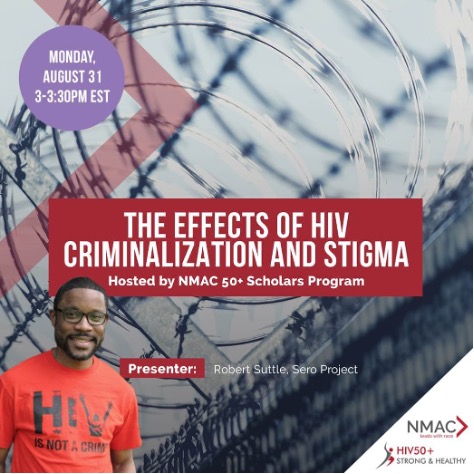
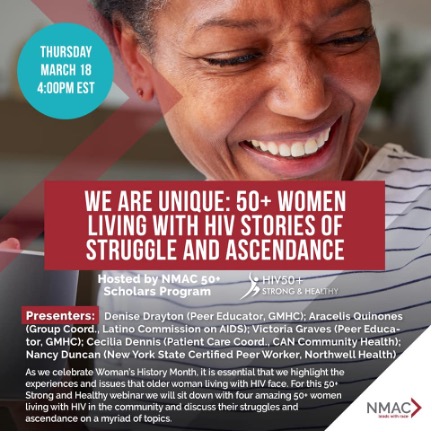
Treatment will offer four customized online video conferences on aging and HIV, advocacy, and social justice. The purpose of this series is to ensure scholars have a sustained learning experience. In addition, the educational webinars will help them to stay informed, educated, and engaged. NMAC will collaborate with GMHC/ACRIA and similar groups to develop, coordinate, and promote educational activities and webinars.
Bilingual Peer Education Project
NMAC offers 50+ scholars training on our new Healthy Living curriculum to teach peers at the local level. This curriculum is available on NMAC’s Learning Management System for online training and certification.
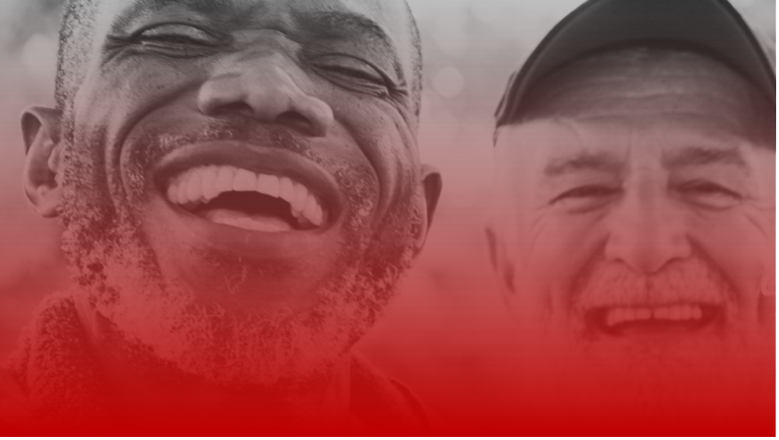
The National HIV/AIDS Advocacy Network
 This project mobilizes and trains the HIV 50+ cohort to advocate on their behalf. The scholars participate in virtual advocacy training and organize a visit to members of Congress in Washington, DC and in their congressional districts. The Treatment division partners with the Government Relations and Public Policy (GRPP) division to help HIV50+ scholars foster relationships with elected officials. An advocacy plan drives the work of a newly formed Advocacy Network.
This project mobilizes and trains the HIV 50+ cohort to advocate on their behalf. The scholars participate in virtual advocacy training and organize a visit to members of Congress in Washington, DC and in their congressional districts. The Treatment division partners with the Government Relations and Public Policy (GRPP) division to help HIV50+ scholars foster relationships with elected officials. An advocacy plan drives the work of a newly formed Advocacy Network.
The HIV 50+ community and Ending the HIV Epidemic
The Connection
New ARVs have allowed people with HIV to live longer and in better health. Viral suppression and high CD4 indicate a relatively functional immune system. HIV transmission does not occur with achieved and sustained viral suppression. To attain the End the HIV Epidemic (EHE) goals, we must engage those HIV+ and unaware of their status into a health system that provides ARVs and medical care. Though viral suppression is vital, it is not the only indicator in people living with HIV. HIV Long-term survivors and those over 50 are experiencing age-related comorbidities at an earlier age or multiple while inducing accelerated or accentuated aging. Suppose we do not raise awareness about preventing and properly managing comorbidities among people with HIV over 50 and their care providers; we will be risking sustained community viral suppression and healthy longer aging. This potential lack of viral suppression will have a direct impact on the EHE indicators. (COVID 19 revealed an alarming number of undiagnosed comorbidities among PLWH suffering from COVID. Among PLWH with severe COVID, comorbidities were the determinant factor and not HIV.
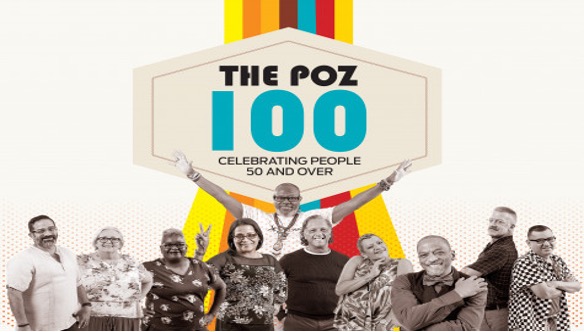
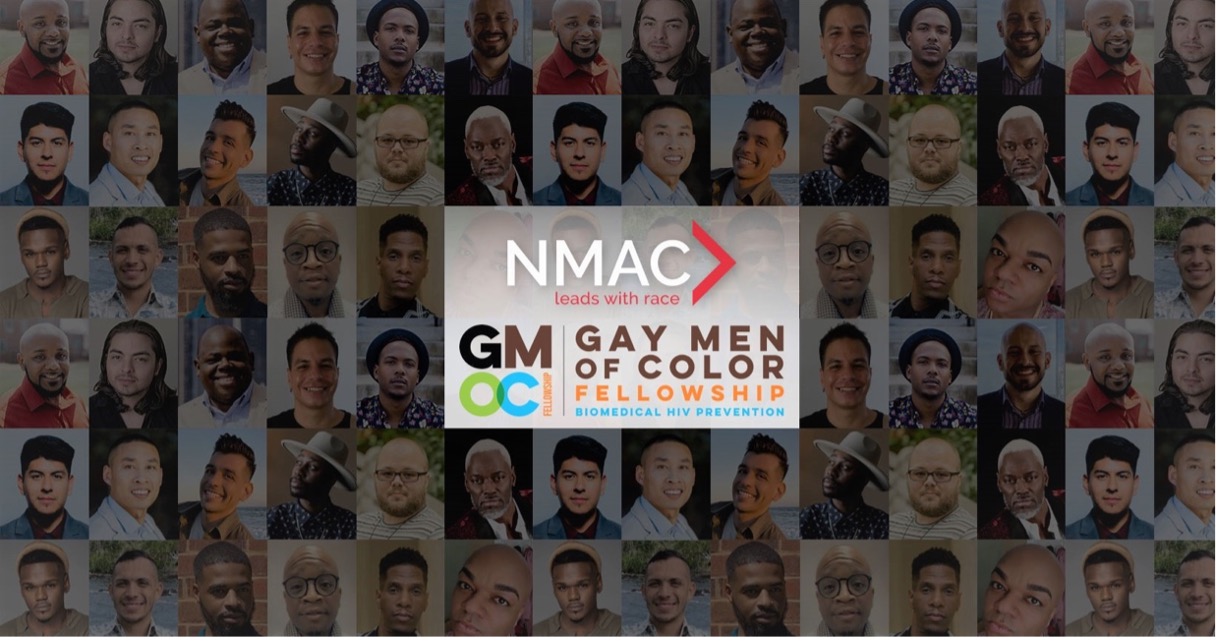
Gay Men of Color Fellowship Program – Biomedical Prevention Influencers
The Gay Men of Color Fellowship executes a social media campaign informed by its members. Fellows are trained in biomedical prevention and provided with social media tools to enhance their “biomedical prevention influencer” status. The campaign seeks to increase awareness around PrEP, PEP, and TasP for men who have sex with other men. Fellows develop Facebook Live events and conceptualize social media posts around three thematic blocks: (1) Biomedical prevention basics, (2) Sex, desire, and pleasure, and (3) PrEP, PEP, and treatment adherence. This program is all about providing a voice to community members, and for that reason, fellows participate in the initial steps to shape its branding and content.
Project REACH / Partnering and Communicating Together (PACT)
Partnering and Communicating Together (PACT) is a funded partnership between the Centers for Disease Control and Prevention and some of the nation’s leading organizations representing the populations hardest hit by HIV.
NMAC’s Project REACH will identify and recruit partners that lay outside the traditional world of HIV/AIDS advocacy, but whose constituencies include individuals from Project REACH’s three communities of focus: Black/African American, Hispanic/Latinx, and people with HIV (PWH). Over five years, Project REACH will bring new partners to the CDC’s Together campaign to extend its reach these communities that are crucial in the effort to prevent HIV infection. Each letter in the title “REACH” signifies an important principle that NMAC and its partners in Project REACH will emphasize in messaging and campaigns for Together: Resources for prevention, Empowering individuals to take action, Accessing tools for HIV prevention, Challenging the community, and Helping each other reduce the impact of HIV in our communities.
Language Justice
Over the span of 12 months, NMAC partnered with Tilde to develop an inclusive process aimed at identifying enhanced language justice practices. The initiative advanced with the leadership of Damián Cabrera and Moisés Agosto, together with the Language Justice Committee. Through a combination of internal and external activities, this project successfully gathered important insights on language justice. The report presents highlights from NMAC’s own language justice progression and encompasses reflections from staff and participants, best practices, and priorities for broader implementation. These findings not only contribute to NMAC’s work towards equity but are also aimed at supporting others seeking to incorporate a language-focused approach.